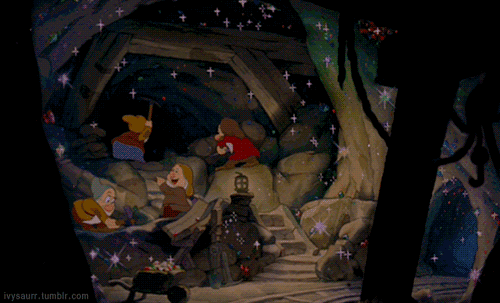Tech Talent South
Tech Talent South (TTS) is an approachable and inclusive technical education company which exists to build and connect local tech and entrepreneurial ecosystems. We offer experiences for individuals, corporations, and talent pipeline partners.







































